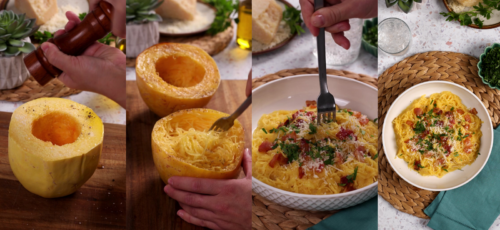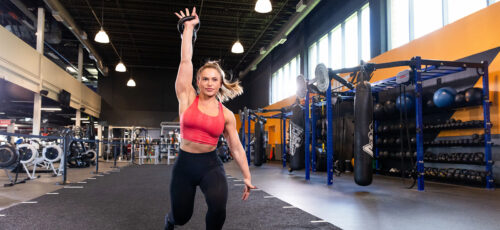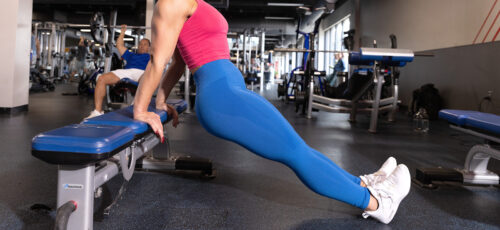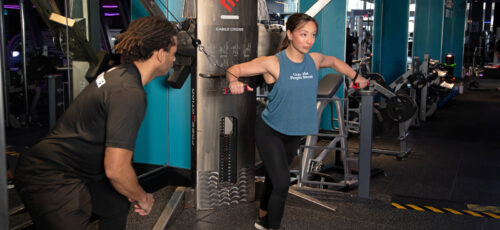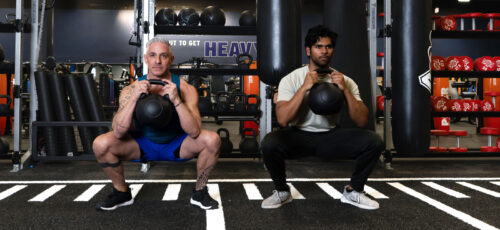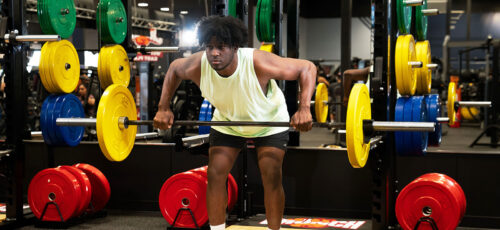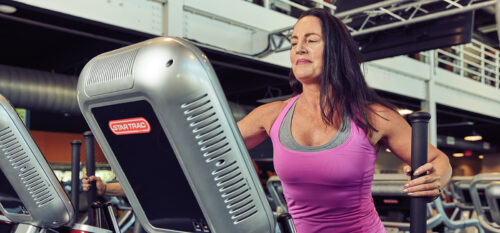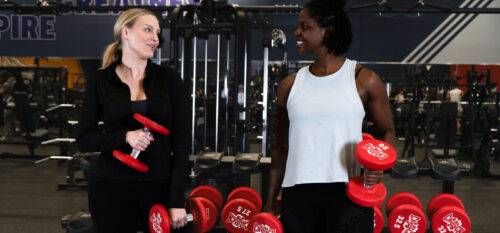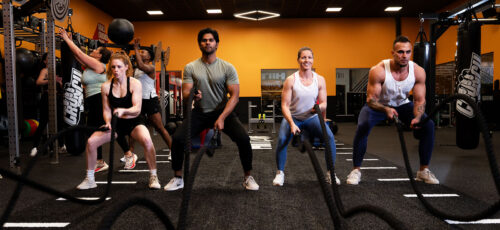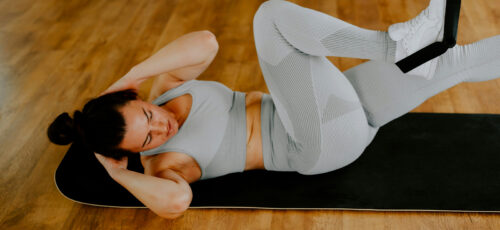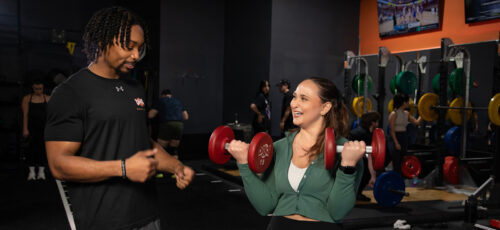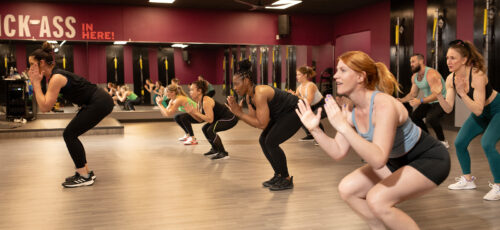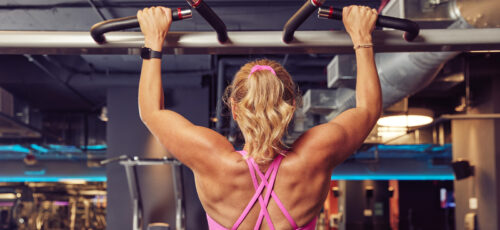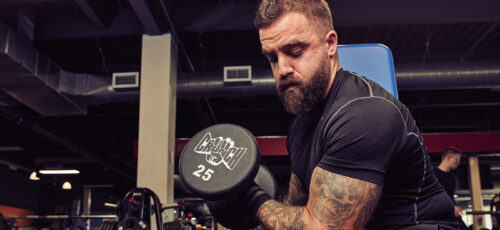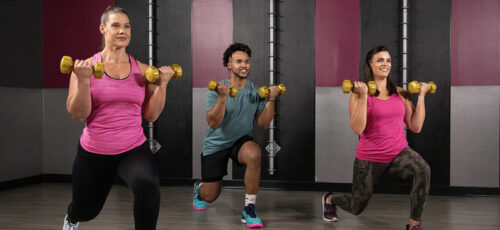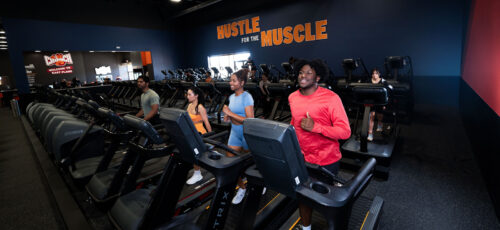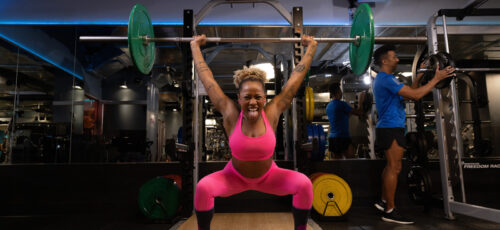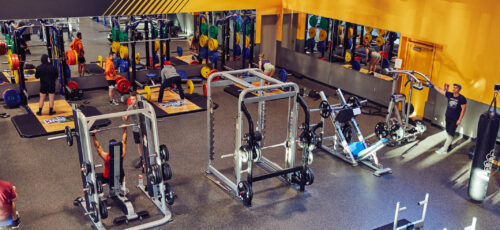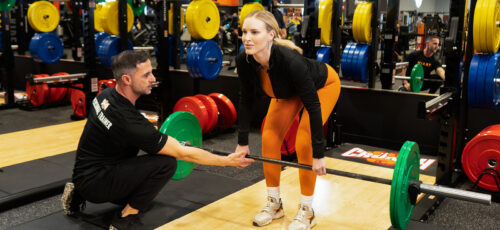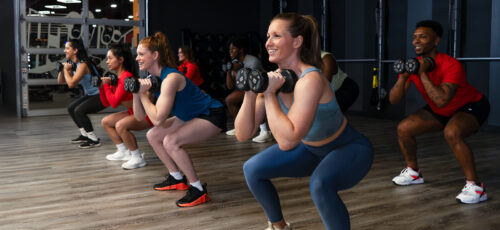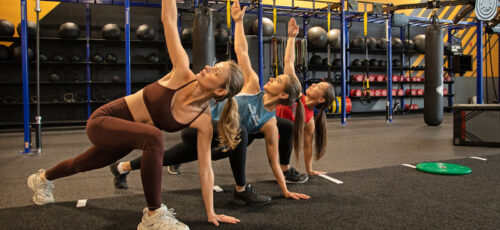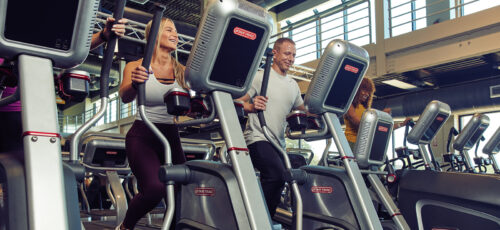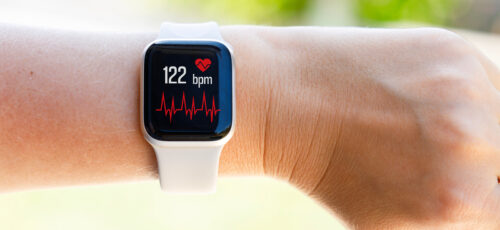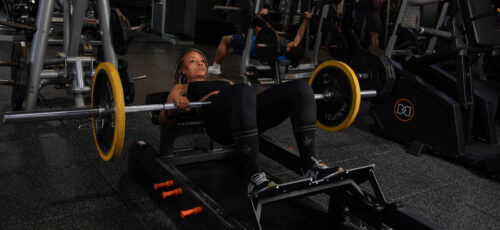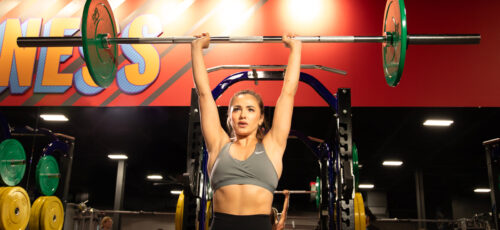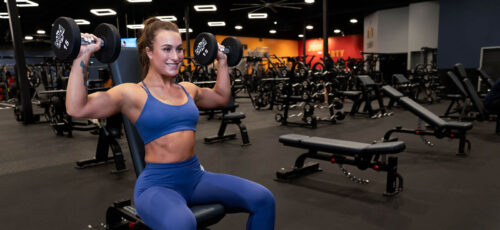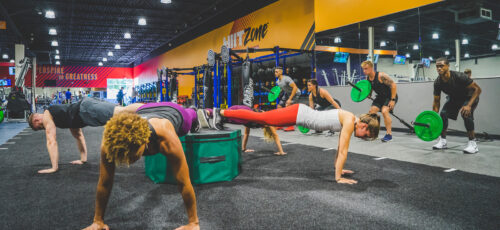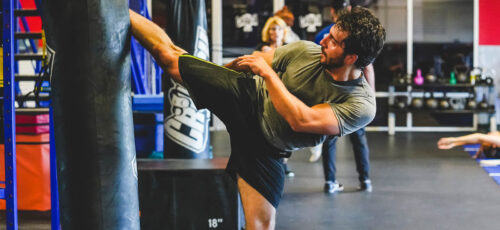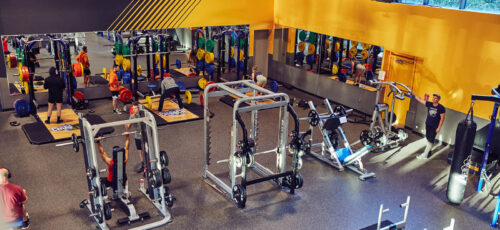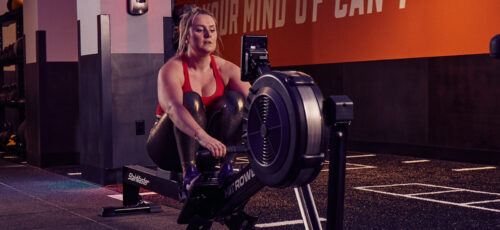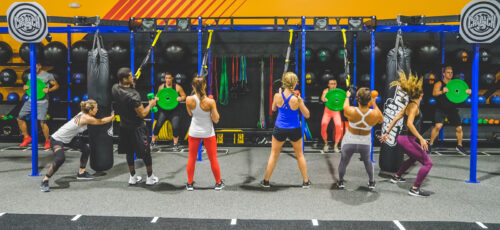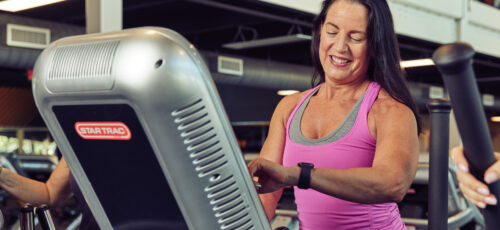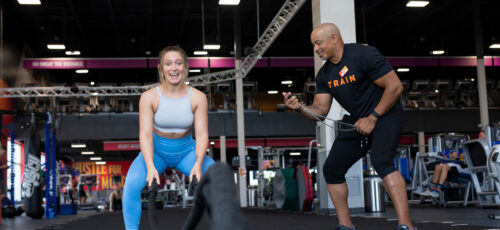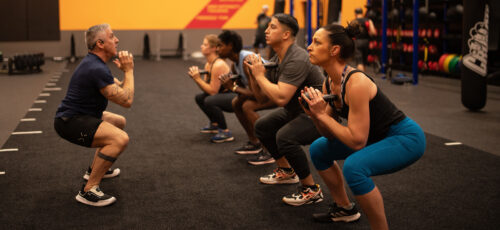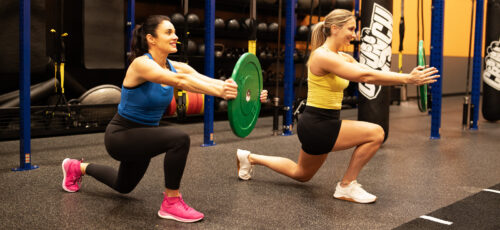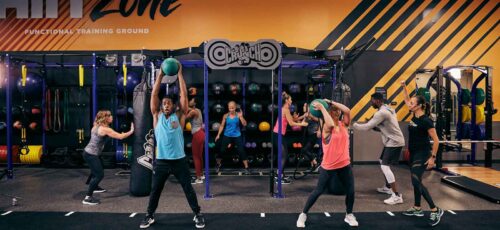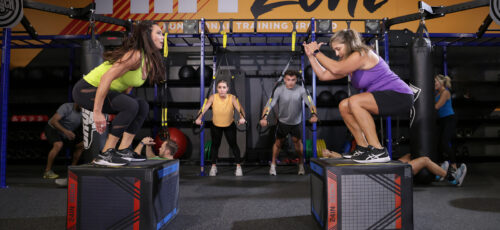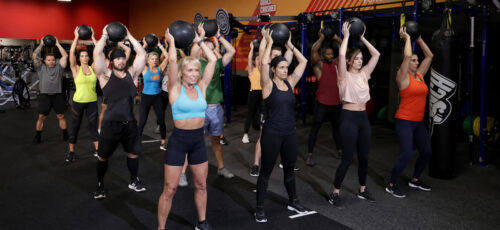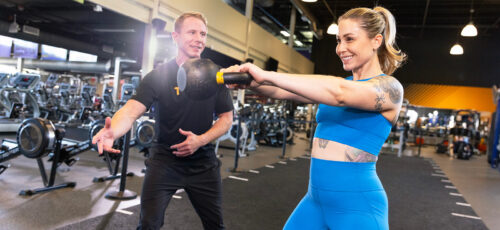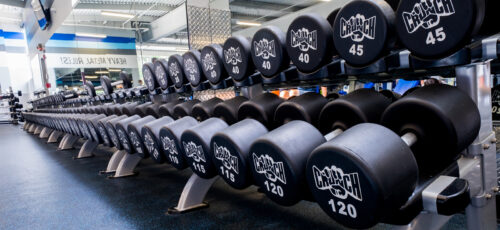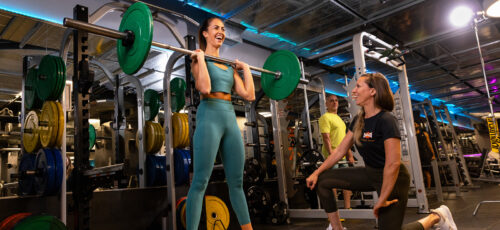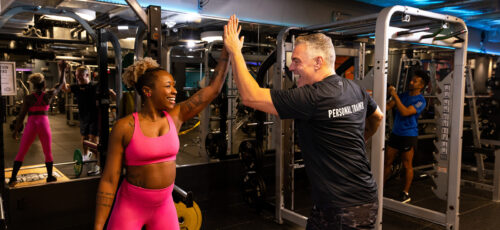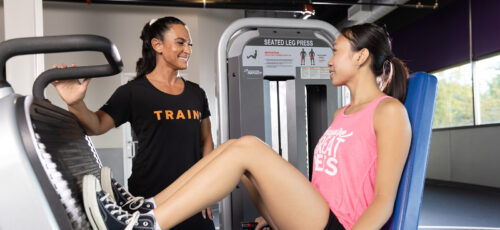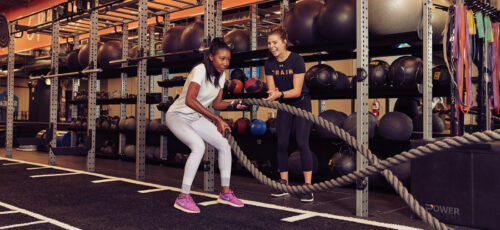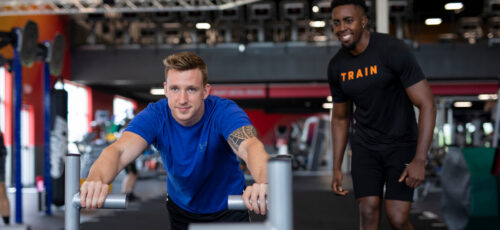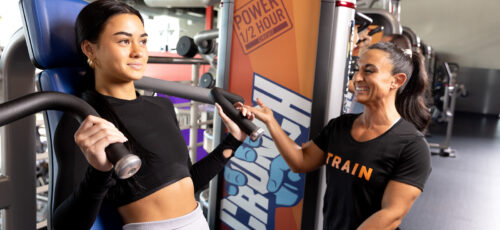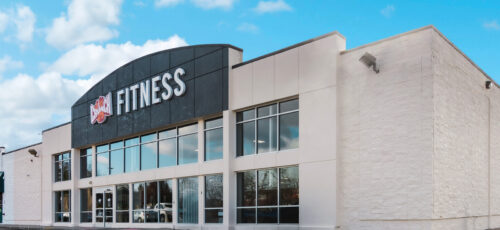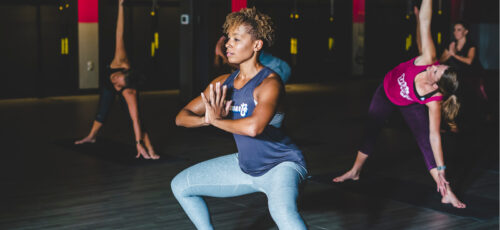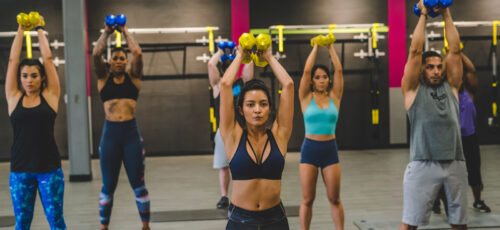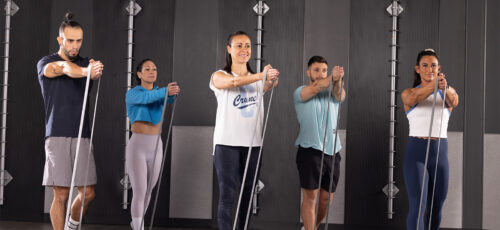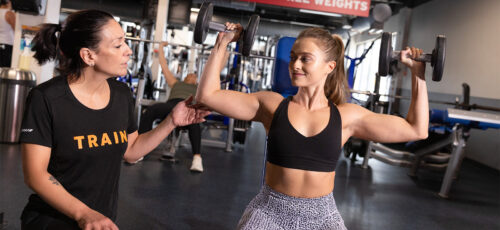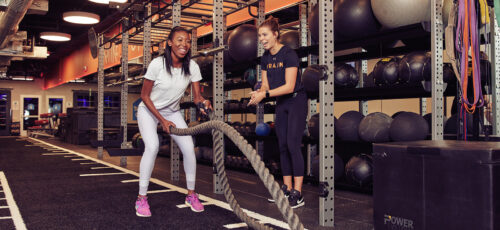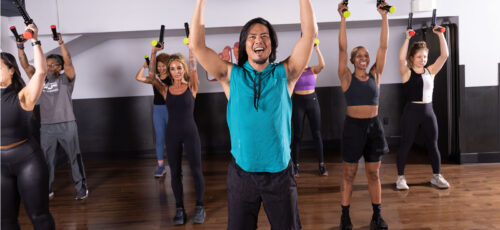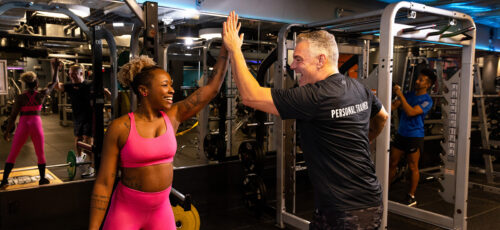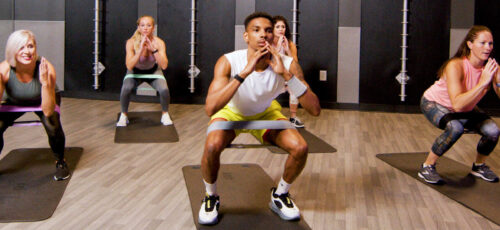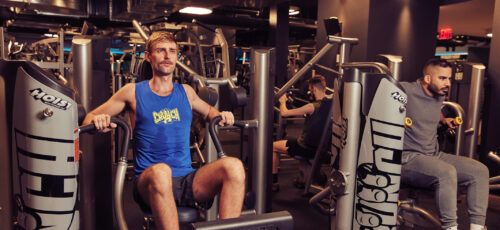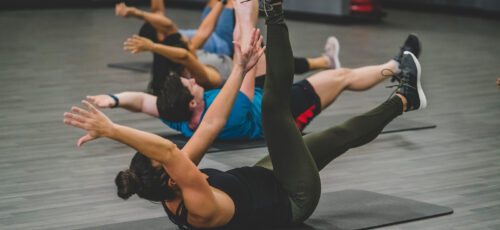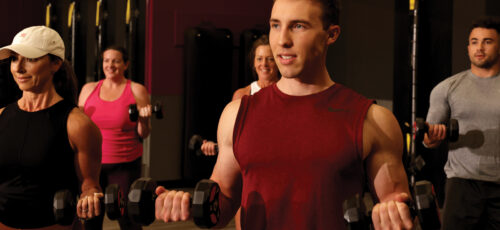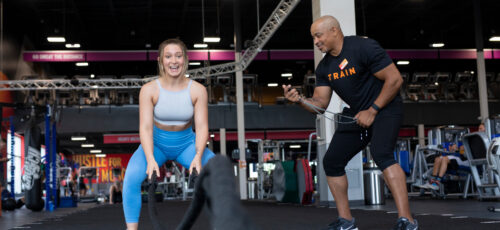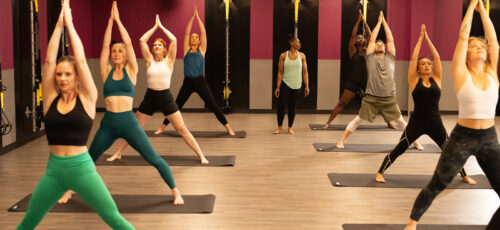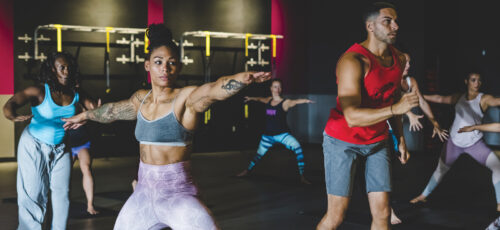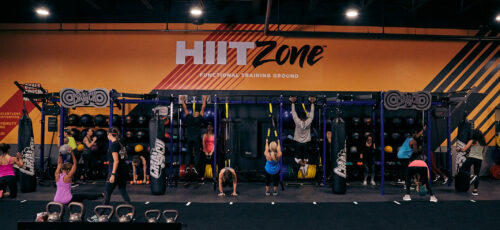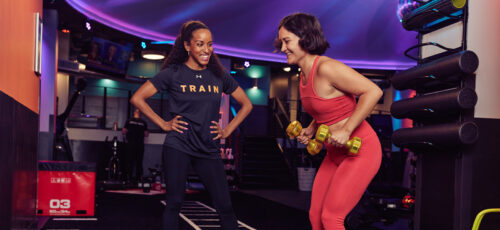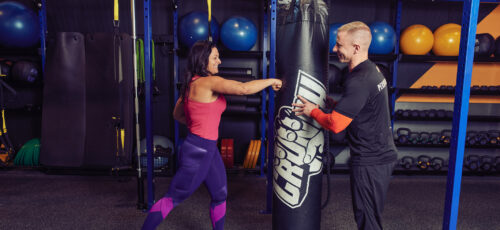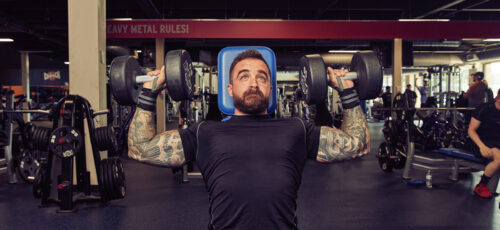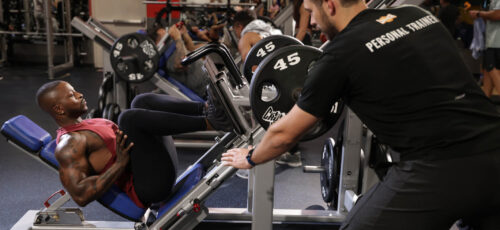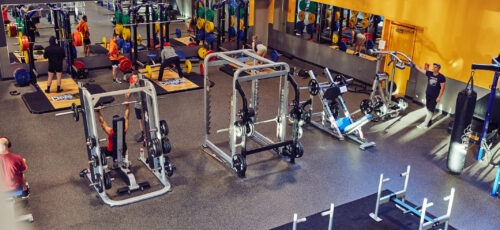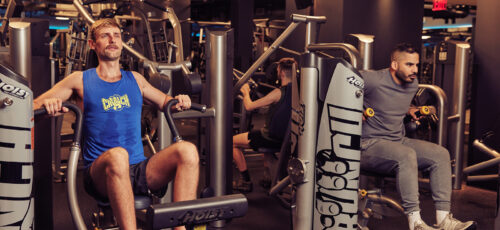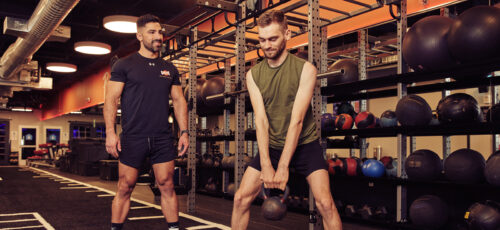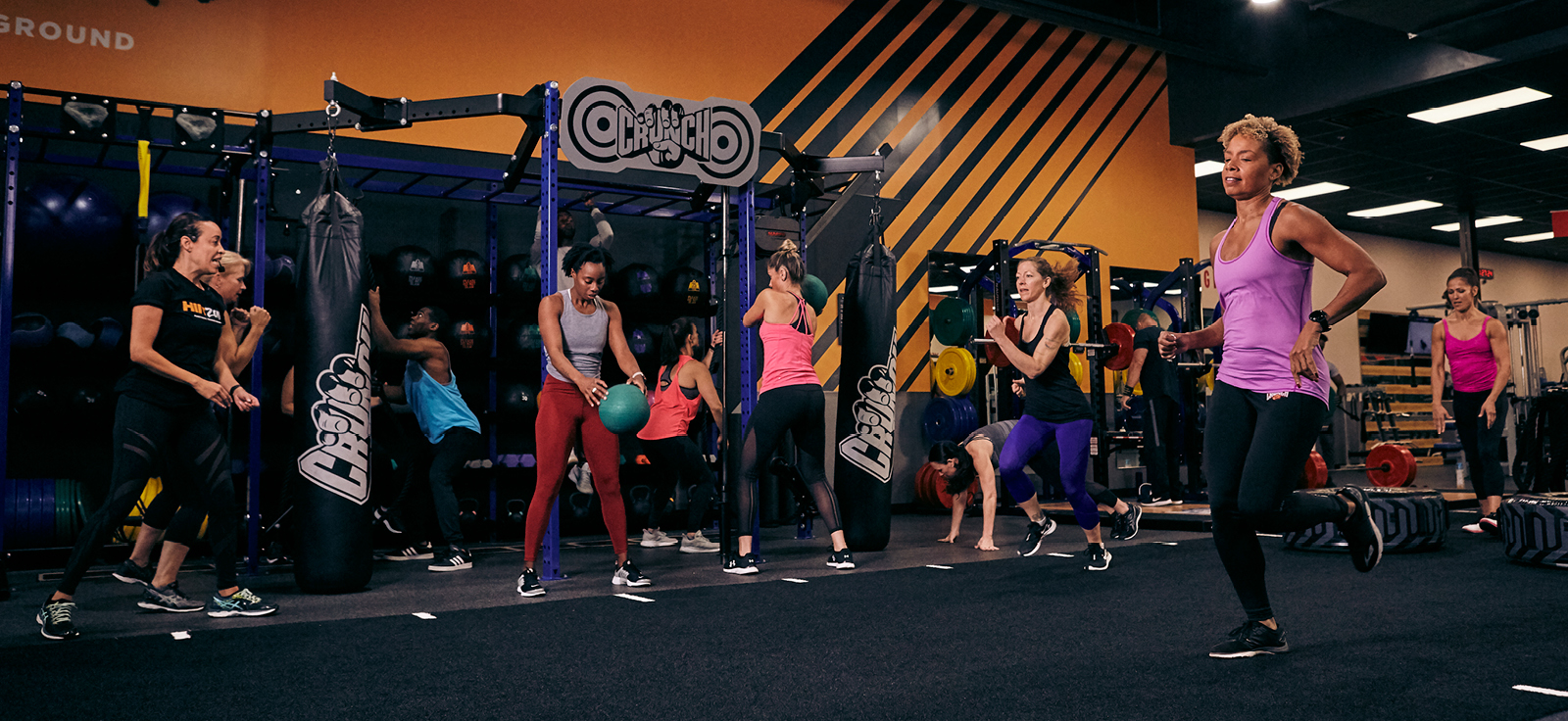
At some point during our workout session, we have included state cardio as part of our routine. Cardiovascular exercises are great for developing aerobic resistance and losing weight, that is true. However, are they a better option than HIIT training programs for showing improvements and results in your routine? We are here to find it out!
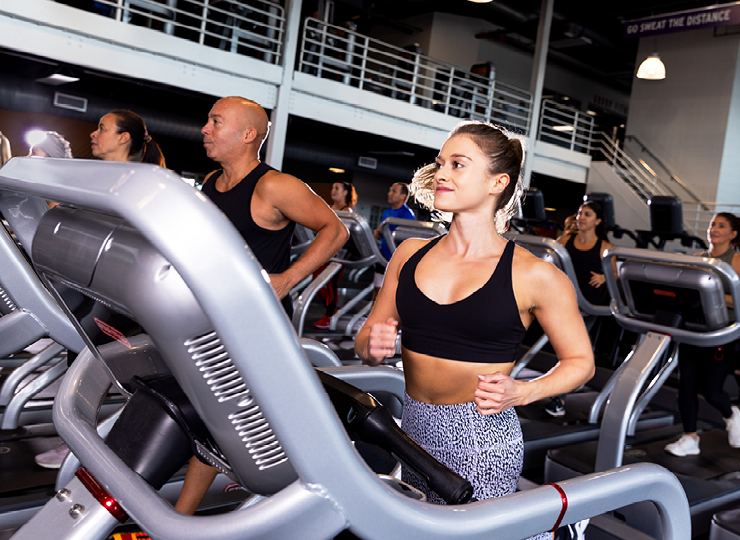
On the one hand, we have cardio workouts. Cardio training involves any physical activity that increases your heart rate and keeps it that way for extended periods. Any cardio training program will improve the health of your lungs, heart, and circulatory system. Some joint cardio exercises include swimming, running, and rowing. Constantly performing cardio exercises promotes weight loss, enhances endurance, and can help to decrease the chances of chronic diseases such as diabetes and heart disease.
On the other hand, we have high-intensity interval training (HIIT workouts), which also involves a form of cardio that alternates small periods of intense activity with short resting periods. How can we tell the difference between regular cardio exercises and HIIT workouts? The primary difference between both exercises is the structure and intensity of both workouts. Traditional cardio workouts are usually performed with moderate intensity and steady movements, while HIIT exercises are quicker, more dynamic, and require a significant effort.
The Science Behind Cardio and HIIT
As mentioned before, constantly performing cardiovascular exercise can do wonders for your overall physical health. For starters, cardio exercises and HIIT workouts are the best options for elevating the efficiency and capacity of your respiratory system. During our aerobic workout, our lungs work harder to supply our bodies with the necessary oxygen. As time passes, constantly performing cardio exercises will help you increase your lung capacity and strengthen all the muscles involved in your respiration, like the diaphragm. Improving your diaphragm performance allows your body to have an effective oxygen exchange to help us occupy our oxygen more efficiently during physical activity exercises.
Likewise, aerobic exercises can stimulate neurotransmitters and release diverse hormones that contribute to improved mental health and overall mood. An example is the endorphins, which are commonly known as the ”feel good” hormones, that are released during aerobic exercises, leading to a reduced sensation of pain and developing feelings of euphoria. On the other hand, cardio training is also known for lowering the level of stress hormones like cortisol, which is ideal for alleviating anxiety, stress, and depression.
What exactly is the difference when it comes to the health benefits of steady-state cardio and HIIT? Even when both are made throughout with the idea of improving your overall aerobic resistance, the benefits you’ll perceive are going to be slightly different; let’s highlight some of them:
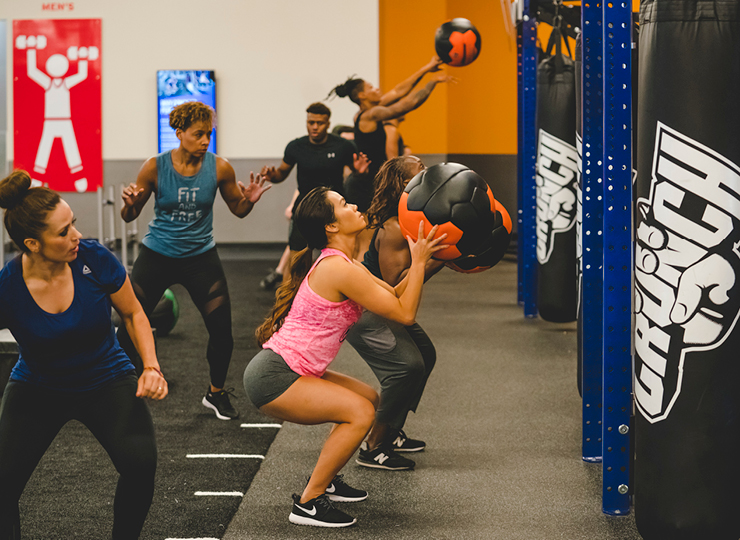
Cardio Workouts
Endurance and Stamina
As mentioned before, cardio helps you strengthen your heart rate and aerobic capacity. Both benefits are necessary for gymgoers who wish to improve their fitness level, performance, overall health, and daily moods.
Mental Health
Believe it or not, mental health can dramatically improve a person’s physical performance during training. Regularly performing cardio exercises will help you to elevate your mood and reduce symptoms of depression and anxiety.
Chronic Disease Prevention
When we perform cardio exercises for a long time, our bodies will start noticing a difference in their overall health. These exercises are commonly associated with a lower probability of developing chronic conditions such as osteoporosis, type 2 diabetes, and certain types of cancers due to their contribution to improving your enhanced immune function and metabolic health.
HIIT Workouts
Efficient Calorie Burning
Regarding burning calories, HIIT is the perfect choice to accomplish this goal! Compared to traditional cardio, HIIT will help you see improvements in yourself quicker than with cardio exercises, as it will cause the afterburn effect (EPOC) that enables you to keep burning calories even after finishing your training session.
Muscle Strength and Tone
When we perform regular steady-state cardio, a disadvantage that we can see is that our muscles start to lose their shape and volume. That is why, if you wish to maintain your volume and strength, HIIT workouts are the perfect choice, as these types of workouts combine aerobic exercises with strength exercises that help you shape and keep the tone of your muscles.
Time Efficiency
We are here to tell you that HIIT training saved the day for gymgoers who lack time to perform a complete hour of exercise. High-intensity interval training requires less time to invest in the routine. However, its efficiency in achieving your fitness goals will be noticeable quicker than regular cardio exercises.
The Good and The Bad
Just like everything in life, there is always the other side of the coin. Unfortunately, not everything is perfect for performing steady-state cardio and HIIT workouts. For instance, on the steady-state cardio side, we can expect some cons when conducting our training sessions, from the time commitment it needs to the potential for plateaus when we don’t change the intensity of our routine. Likewise, gymgoers can feel monotony over time in their steady cardio exercise, leading to a lack of commitment and inconsistency.
On the other hand, HIIT workouts have different disadvantages that are also important to highlight. Because it is a type of exercise that requires quick and robust movements, the possibility of an injury is more significant than in regular cardio exercise. It also demands lots of energy and effort, disadvantaging those gym goers who are not into exercises that require physical demands. Likewise, HIIT workouts are only suitable for some gym goals. For example, if your goal is to gain muscle volume and strength, the best idea is to combine HIIT workouts with another type of exercise.

Choosing the Right Cardio For You
Now that you have a better understanding of each type of exercise, you may be wondering which one is the best for you. We need to consider many aspects to approach this question correctly. Starting with your fitness level, if you are starting to get involved in fitness, it would be a better approach, to begin with state cardio, as the difficulty level is noticeably more accessible and doesn’t require complex movements. However, if you are looking for a challenge, HIIT is your best option.
Another factor to consider is your time ability. Remember that HIIT workouts last a shorter time, making them the perfect choice for gymgoers with no time to waste. However, if you are more into taking your time to perform your exercise, then steady cardio will be the ideal choice.
Likewise, consider your goals and preferences, decide what to accomplish, and see which exercise suits you better. Your personality will also play a role in this decision, so if you enjoy dynamic and challenging routines, it would be better to go to HIIT training. However, if you are more into known workouts requiring the same energy and condition, state cardio might be what you want.
Finally, if you would like to perform both aerobic exercises during your training sessions, we are happy to tell you that is also a possibility. With the help of your trainer, plan and schedule your weekly training programs and adapt them so that you can enjoy both steady-state cardio and HIIT training. That way, you will enjoy the best of both worlds!
Join Us!
Crunch promotes a culture of positivity, inclusivity, and fun with no judgments by providing an environment for all individuals regardless of their health and fitness goals. Find a Crunch gym near you to try our free trial membership, or join Crunch now. We’re here for you – at the gym or at home. Access the best live & on-demand workouts anytime, anywhere with Crunch+. Ready to get sweaty? Try hundreds of workouts for free! Start your free trial now!










